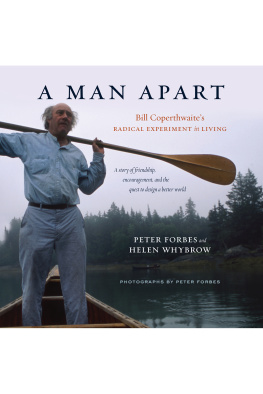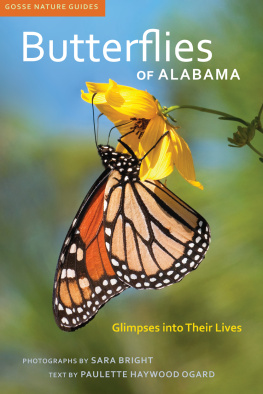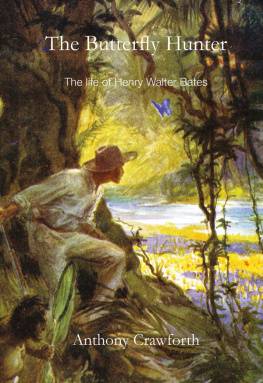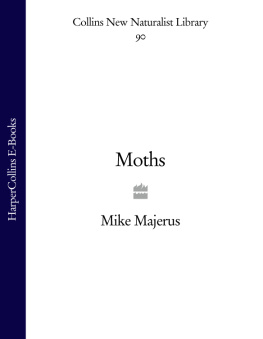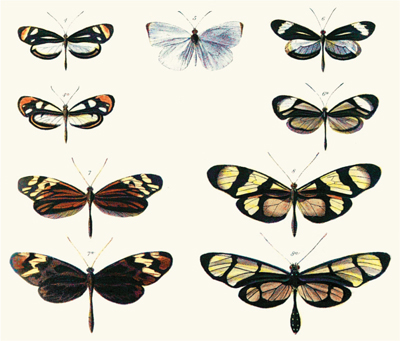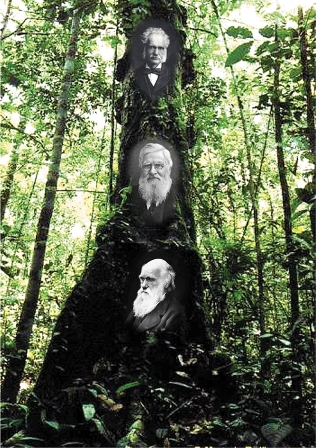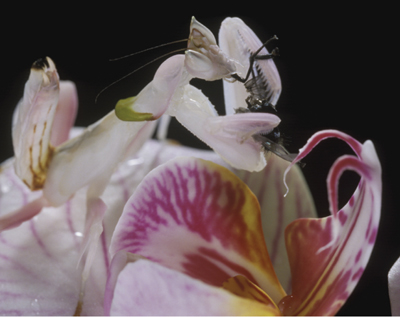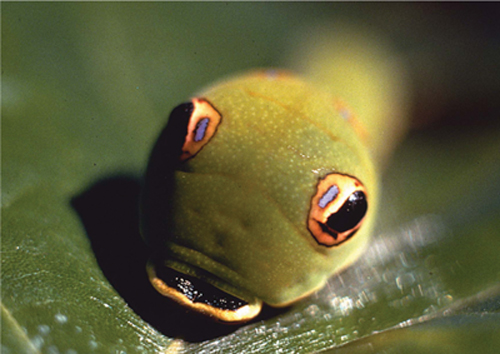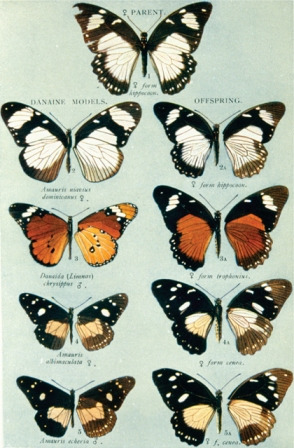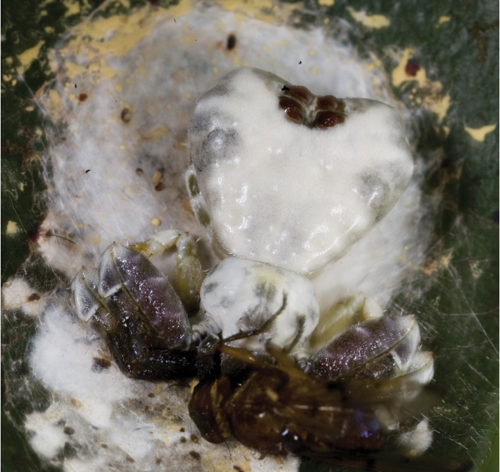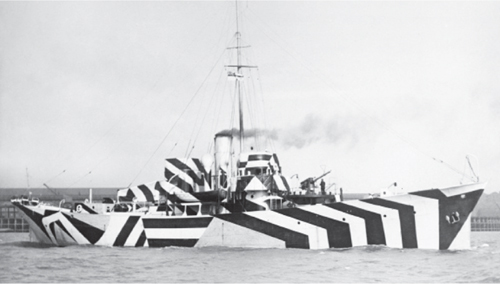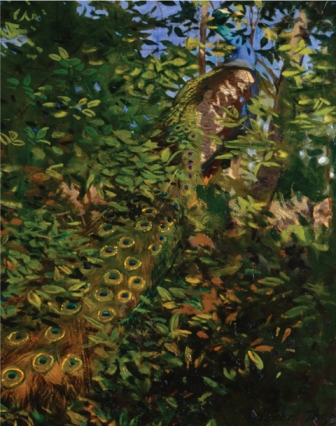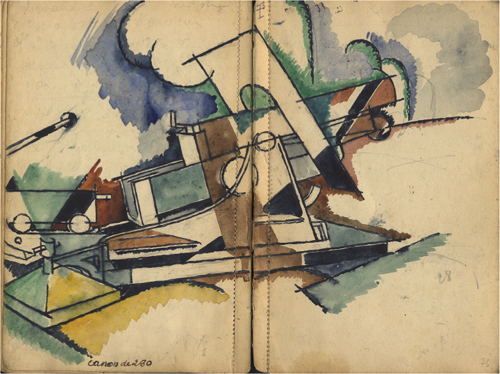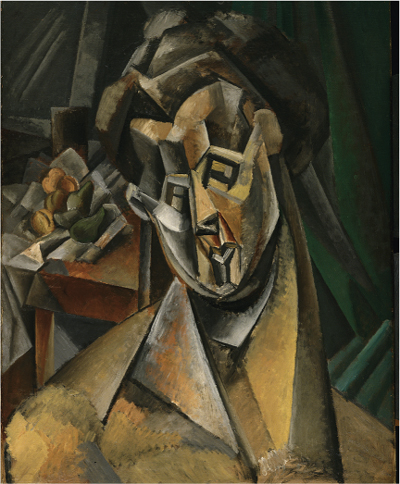Peter Forbes - Dazzled and Deceived: Mimicry and Camouflage
Here you can read online Peter Forbes - Dazzled and Deceived: Mimicry and Camouflage full text of the book (entire story) in english for free. Download pdf and epub, get meaning, cover and reviews about this ebook. year: 2011, publisher: Yale University Press, genre: Science. Description of the work, (preface) as well as reviews are available. Best literature library LitArk.com created for fans of good reading and offers a wide selection of genres:
Romance novel
Science fiction
Adventure
Detective
Science
History
Home and family
Prose
Art
Politics
Computer
Non-fiction
Religion
Business
Children
Humor
Choose a favorite category and find really read worthwhile books. Enjoy immersion in the world of imagination, feel the emotions of the characters or learn something new for yourself, make an fascinating discovery.
- Book:Dazzled and Deceived: Mimicry and Camouflage
- Author:
- Publisher:Yale University Press
- Genre:
- Year:2011
- Rating:4 / 5
- Favourites:Add to favourites
- Your mark:
Dazzled and Deceived: Mimicry and Camouflage: summary, description and annotation
We offer to read an annotation, description, summary or preface (depends on what the author of the book "Dazzled and Deceived: Mimicry and Camouflage" wrote himself). If you haven't found the necessary information about the book — write in the comments, we will try to find it.
Dazzled and Deceived tells the unique and fascinating story of mimicry and camouflage in science, art, warfare, and the natural world. Discovered in the 1850s by the young English naturalists Henry Walter Bates and Alfred Russel Wallace in the Amazonian rainforest, the phenomenon of mimicry was seized upon as the first independent validation of Darwins theory of natural selection. But mimicry and camouflage also created a huge impact outside the laboratory walls. Peter Forbess cultural history links mimicry and camouflage to art, literature, military tactics, and medical cures across the twentieth century, and charts its intricate involvement with the perennial dispute between evolution and creationism.
As Dazzled and Deceived unravels the concept of mimicry, Forbes introduces colorful stories and a dazzling cast of characters--Roosevelt, Picasso, Nabokov, Churchill, and Darwin himself, to name a few--whom its mystery influenced and enthralled. Illuminating and lively, Dazzled and Deceived sheds new light on the greatest quest: to understand the processes of life at its deepest level.
Peter Forbes: author's other books
Who wrote Dazzled and Deceived: Mimicry and Camouflage? Find out the surname, the name of the author of the book and a list of all author's works by series.


